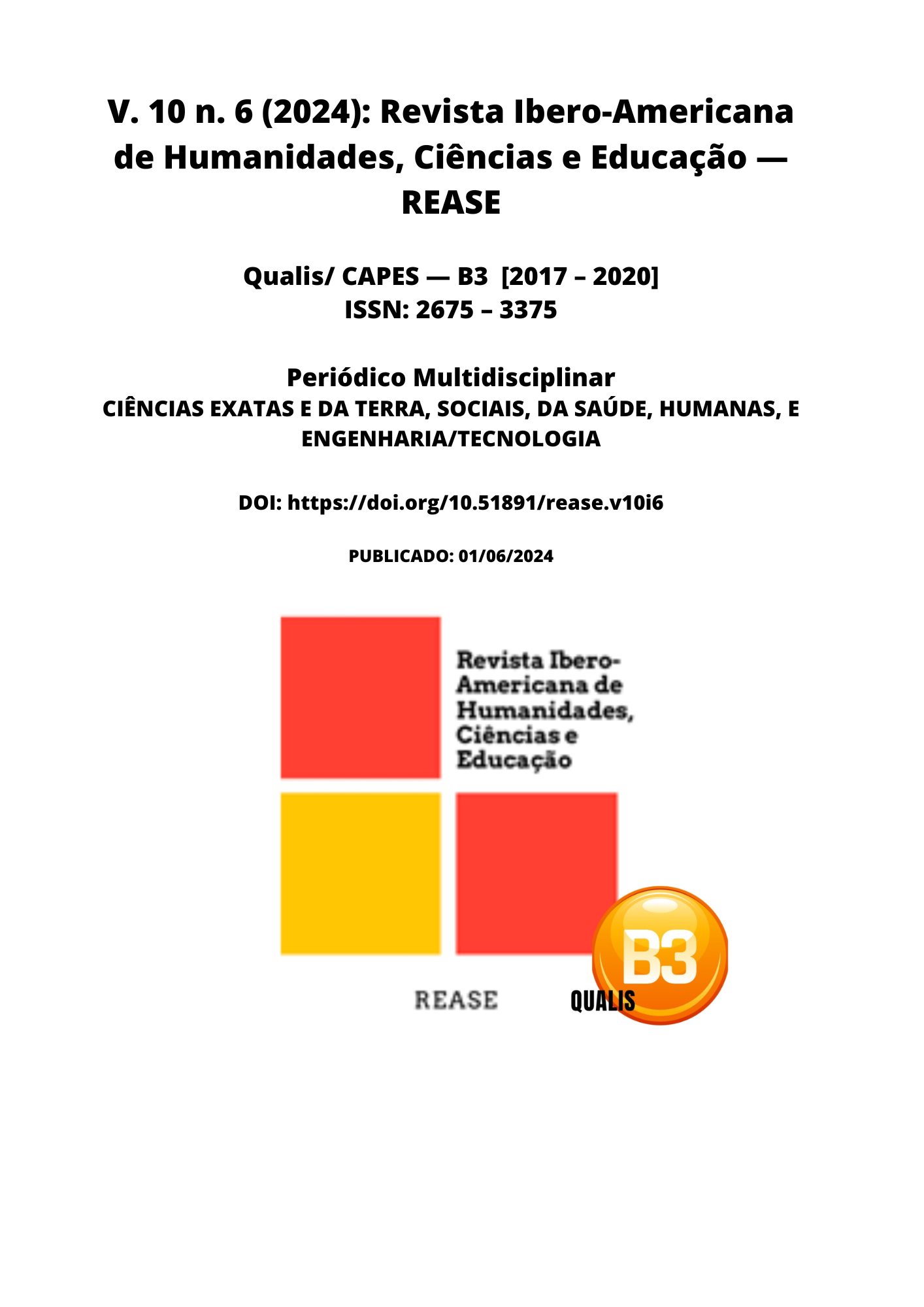EMERGENCY PROTECTIVE MEASURES AND NON-COMPLIANCE WITH THE MARIA DA PENHA LAW
DOI:
https://doi.org/10.51891/rease.v10i6.14233Abstract
The purpose of this article is to present an analysis based on research and scientific texts related to the effectiveness of emergency protection measures and the breach of the Maria da Penha Law, since violence against women is unfortunately increasingly frequent in our society. Whether through television news, or even through reports from known women who are facing or have gone through similar situations in their homes. Furthermore, it is common to see in the news cases of women who seek help at the police station, receive emergency protection measures and end up being fatal victims of the aggressor, or returning to the cycle of violence. This cycle traps women in abusive relationships, intensifying the fear of reporting to authorities, along with the shame of being in that situation. In view of this, it is clear that emergency protection measures were created with the specific objective of helping women in cases of domestic violence, currently being the main security resource for those in vulnerable situations, with constantly evolving and promising advances, aiming to reduce suffering and promoting awareness of the importance of reporting abuse suffered, as well as mutual respect, regardless of gender.
Downloads
Downloads
Published
How to Cite
Issue
Section
Categories
License
Atribuição CC BY

